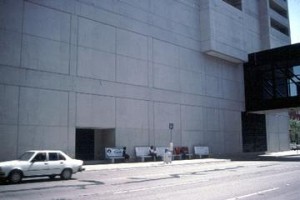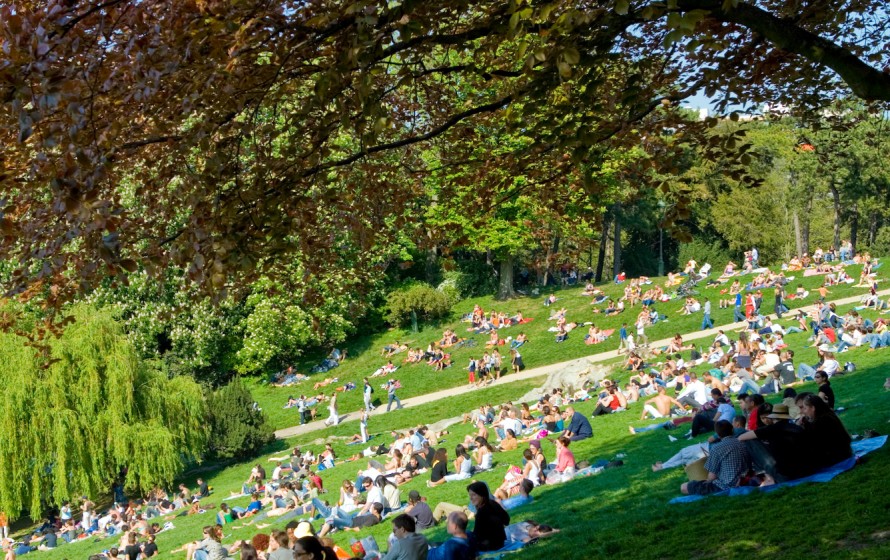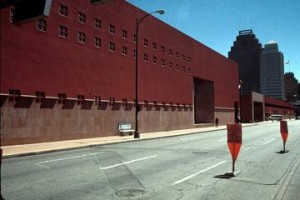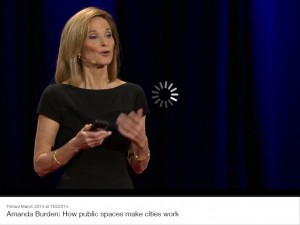How many people walk down your street every day? If none, is it a safe and comfortable place to walk? If people do walk, is it only to do things they absolutely have to do? Things like taking the dog out to pee, or heading to the bus.
Jan Gehl, a Danish architect who has carefully studied how people use outdoor, public spaces, breaks outdoor activities into three types – necessary, optional and social. Optional outdoor activities include strolling, jogging, eating, suntanning, reading books, checking smart phones or playing outside. Social activities are any interaction that happens simply by chance because people are together in public.
Necessary, utilitarian activities tend to happen whether spaces are inviting or hostile to people (if the dog has to pee, you take him out to pee). In poor environments, though, people stop doing optional activities. People stop sitting, standing, eating and playing outside. Really, would you choose to spend time in these places?

Outrageously bad public spaces, from http://green-changemakers.blogspot.ca/2009/12/what-if-we-built-our-cities-around.html
Today, most daily activities can be accomplished without going outside. Cars take many people door to door for almost every trip. People exercise inside. Shopping can be done online, and mail has been almost fully replaced by email and social media. If we want people outside, in public, we have to give them a reason to be there. We have to carefully design places to provide what people want, including:
- Shelter from wind and rain
- A mix of hard surfaces and soft surfaces
- A mix of sunny spaces and shady spaces
- Enclosure (more here)
- A mix of movable seating and fixed seating
- Nearby destinations
- Trees
- Interesting, interactive edges
- Quiet spots for conversation
- Safe places to walk and cross the street
- Good lighting
- Other people
Quite simply, too many of our public spaces don’t provide these basics. Halifax continues to build public spaces that ignore basic lessons about where people like to spend their time. Many spaces have poor enclosure, have too little seating, have too little green or simply don’t have enough people nearby to become vibrant, exciting places.
Great public spaces don’t happen by accident. As planner Amanda Burden explains in the great TED talk below, great public space requires perseverance, thought and attention to detail. Building great public spaces is hard work, but great spaces are the key to making a great city.







